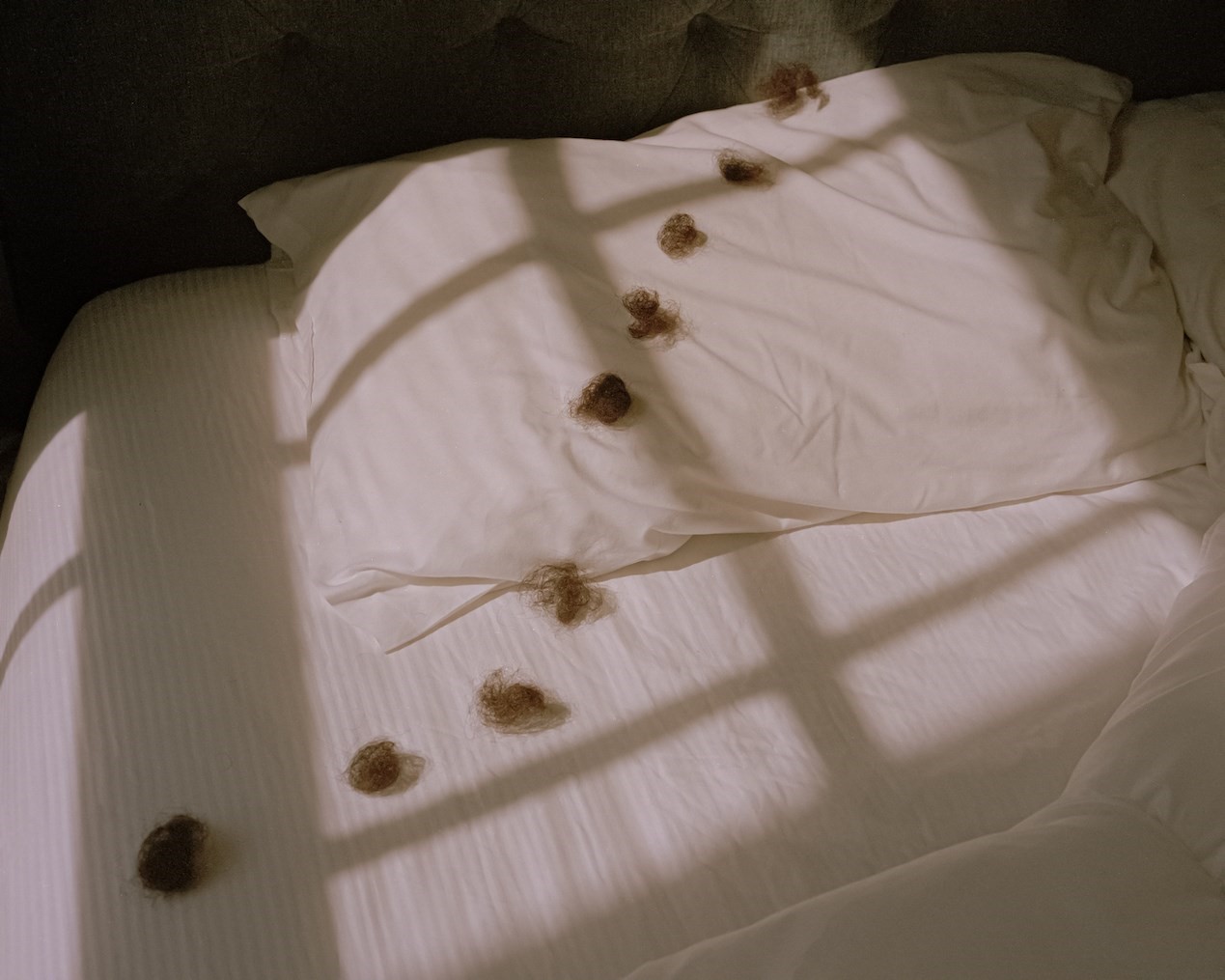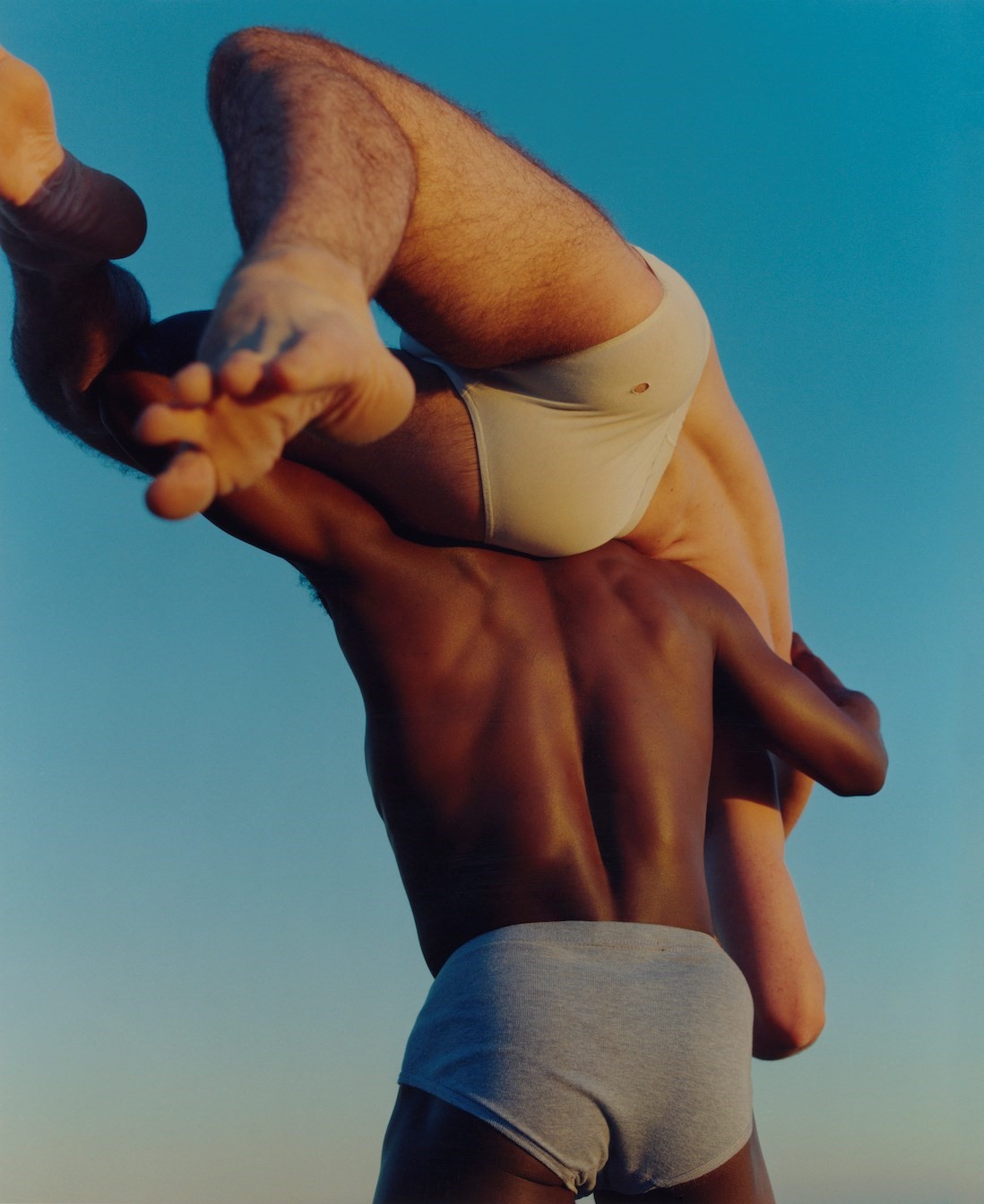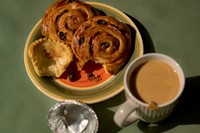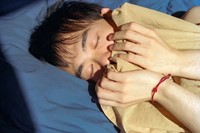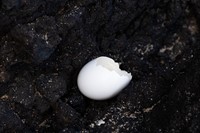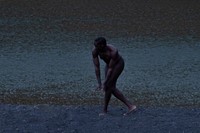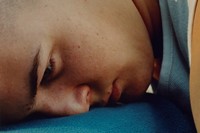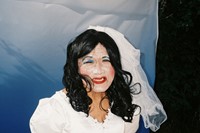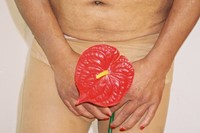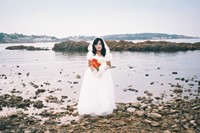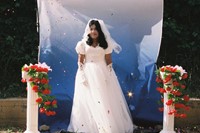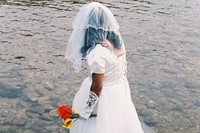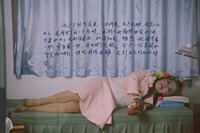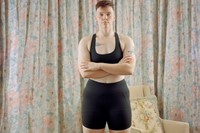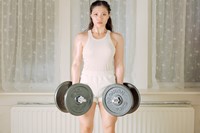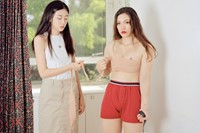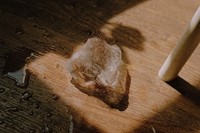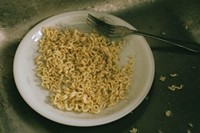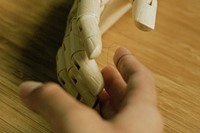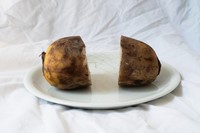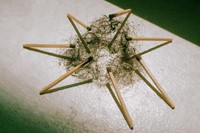Over a trillion photographs were taken last year. In a world where the back of everybody’s mobile phone has a camera lens – or three, in some cases – the sheer volume of imagery we’re flooded with is gradually becoming torrential, capturing everything a camera can possibly be pointed towards: a plate of food, a cat, family members, a selfie, an oddly-shaped cloud. It’s this oversaturation of images that builds the pressure on emerging photographers. How does one compete against the seemingly endless flow?
Still, radical photographers do emerge. Over at the Royal College of Art – a long-established incubator for emerging talent within visual arts – the MA Photography course has year-on-year been guiding students to build upon the groundwork of their photography, develop and diversify their practice, and equip them with the tools they need to inject an exciting energy into the visual arts industry. This year’s roster of graduating students is deeply introspective – their work unearths themes of sexuality, gender, and illness.
Here, AnOther speaks with six MA photography students graduating from the class of 2023.
Xiangyu Dong
“I was born in Anhui, China, and now live in London. I grew up in a traditional Chinese family. My family values are typically patriarchal. Even though I came out when I was 17, and my parents are OK with my identity now, I still struggle to build intimate relationships. For a long time, I have been very ashamed of my erotic lust as a gay man, and resisted any physical interaction with others. Studying at the Royal College of Art was the starting point where I delved into art-making. I tried various forms of photography, such as fashion, portraits and darkroom experiments.
“In a Mood for Love is about the love and pain of queer intimacy. Building a deep connection with a man prompted me to explore and contemplate the intersection of photography and art therapy in intimate relationships. I present a romantic and embodied auto-fictional narrative by constructing figurative portraits and still lifes with a ritualistic approach. Through this series of photographic diaries, I immersed myself in the re-experience and re-enactment of the relationship’s mood swings and psychological mechanisms, leading to a state of self-awareness and healing.
“There are many interesting stories behind these images. I personally like the cracked egg on the sponge one the most. It was captured after an argument about the housework in the kitchen. I accidentally wiped the table with a dishwashing sponge, which made him mad at me because he has mysophobia. The egg on the sponge is a metaphor for something placed where it is not supposed to be. Plus, the cracked egg is adorable, just like any little glitches between us.”
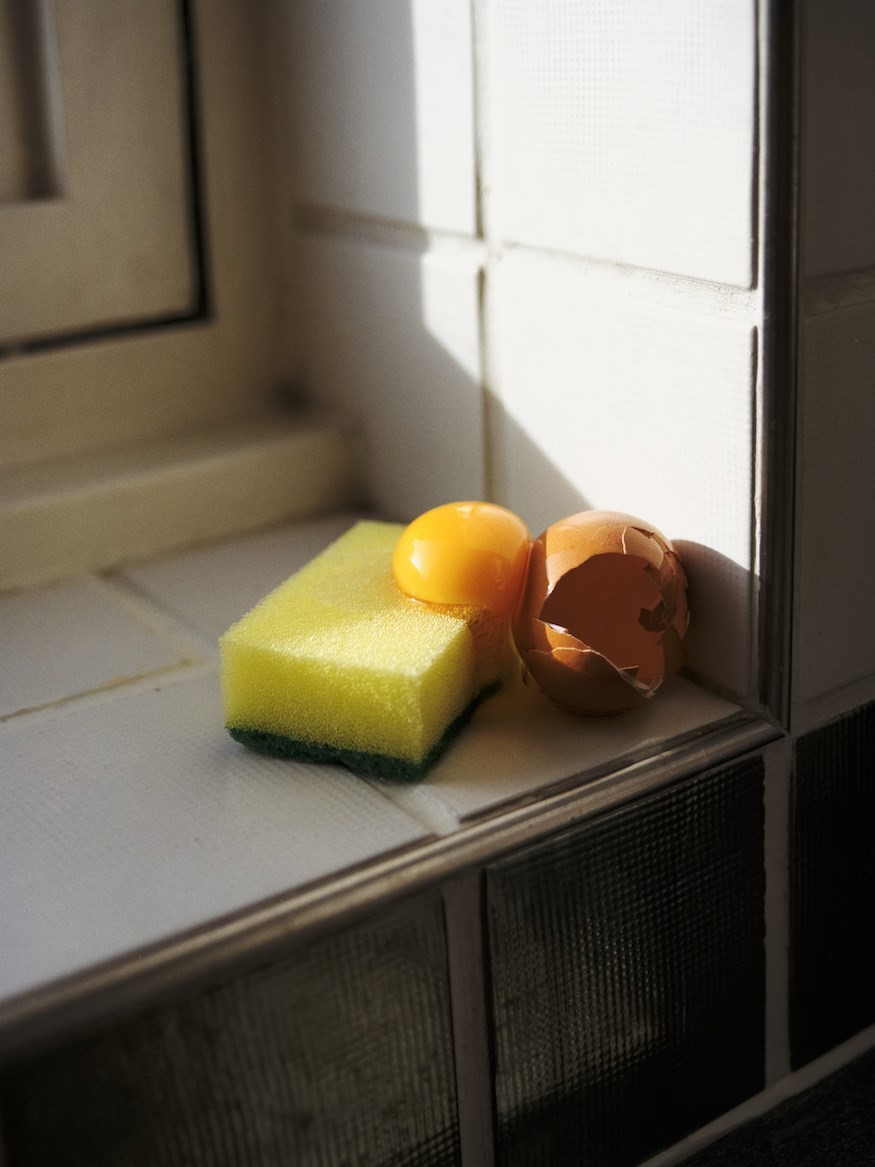
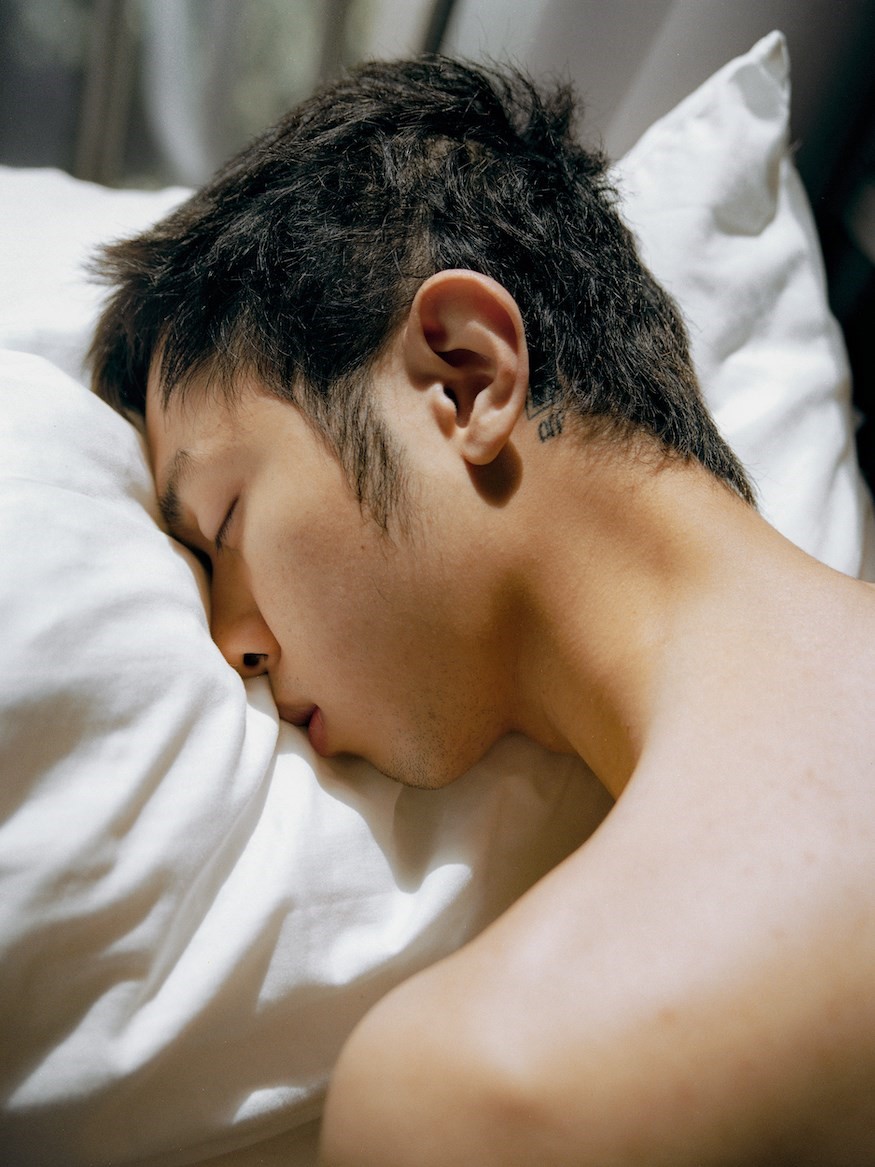
Misia-O’
“One year ago, my beautiful dad – born in Mali, West Africa – became sight-impaired following glaucoma that he contracted in dirty waters as a child. The last thing he saw was a bright, shiny star. I started researching ‘star‘ and ‘Mali‘ and came across Sirius – the star that shines 20 times brighter than the sun and sits behind the sun. Sirius was discovered by the Dogon tribe in Mali, 400 years before the invention of a telescope.
“It was extremely important to my dad – and to me – that I respected the Dogon and expressed it authentically, so our collaboration began. My dad, a professor, acted as an anthropologist, astrophysicist and quantum theorist to help with my interpretation of the Dogon culture. [This was] perhaps the most challenging and meaningful project of my life to date. Through the research guided by my dad, I managed to share the story of life creation as seen by the Dogon.
“I researched their mythology, which linked to the birth of twins, the mermen, the materiality of their culture, architecture, dance movements and dance attire. This led me to use clay: their habitats are designed with black and white clay and secret geometry vortexes and black sand. I also used some of the secret symbols which are embossed on their houses. Symbols aimed to attract fertility, scare away bad spirits, and remain connected to the otherworld. Finally, I was inspired by their Dama dance costume made with hibiscus fibres, scarce vegetation including fern, lodged in sub-Saharan plains. I used those ingredients in my perfume, called Kanaga.“
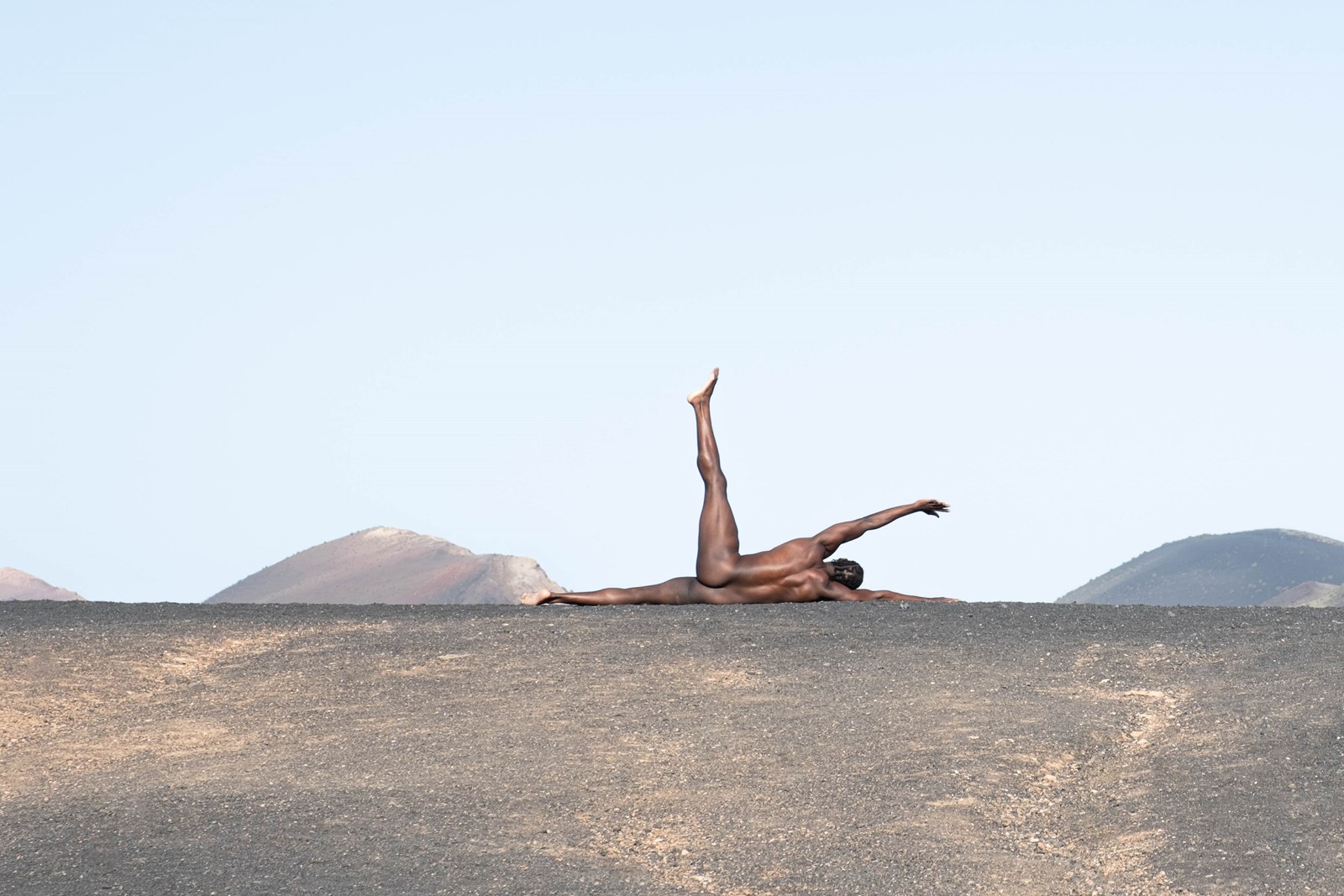
András Ladocsi
“My work seeks to explore the inner depths of human beings and the power of the environment around us; how we all live in a place of connectedness, no matter how far we travel or how isolated we become. These shared connections and experiences are unique, yet we all recognize what they look and feel like.
“Besides the relationship with my friends, my sister – who has Down’s syndrome – influences the way I see the world mostly. Through my work, I want to bring to light the intensity and resilience of the human spirit, captured in the moments when we are pushing our bodies and minds to reach our highest potential. Ultimately, my work is a celebration of life and the interconnectivity of our shared existence.
“My ongoing project focuses on the relationship between a person and their environment. Through this project, I intend to examine how we are connected, in the same space, and how the actions and behaviour of each individual are affected by the collective. This connection between us all can be seen both literally and metaphorically through the water featured in my work. The river, lake and island – they all represent the inner water in all of us.”
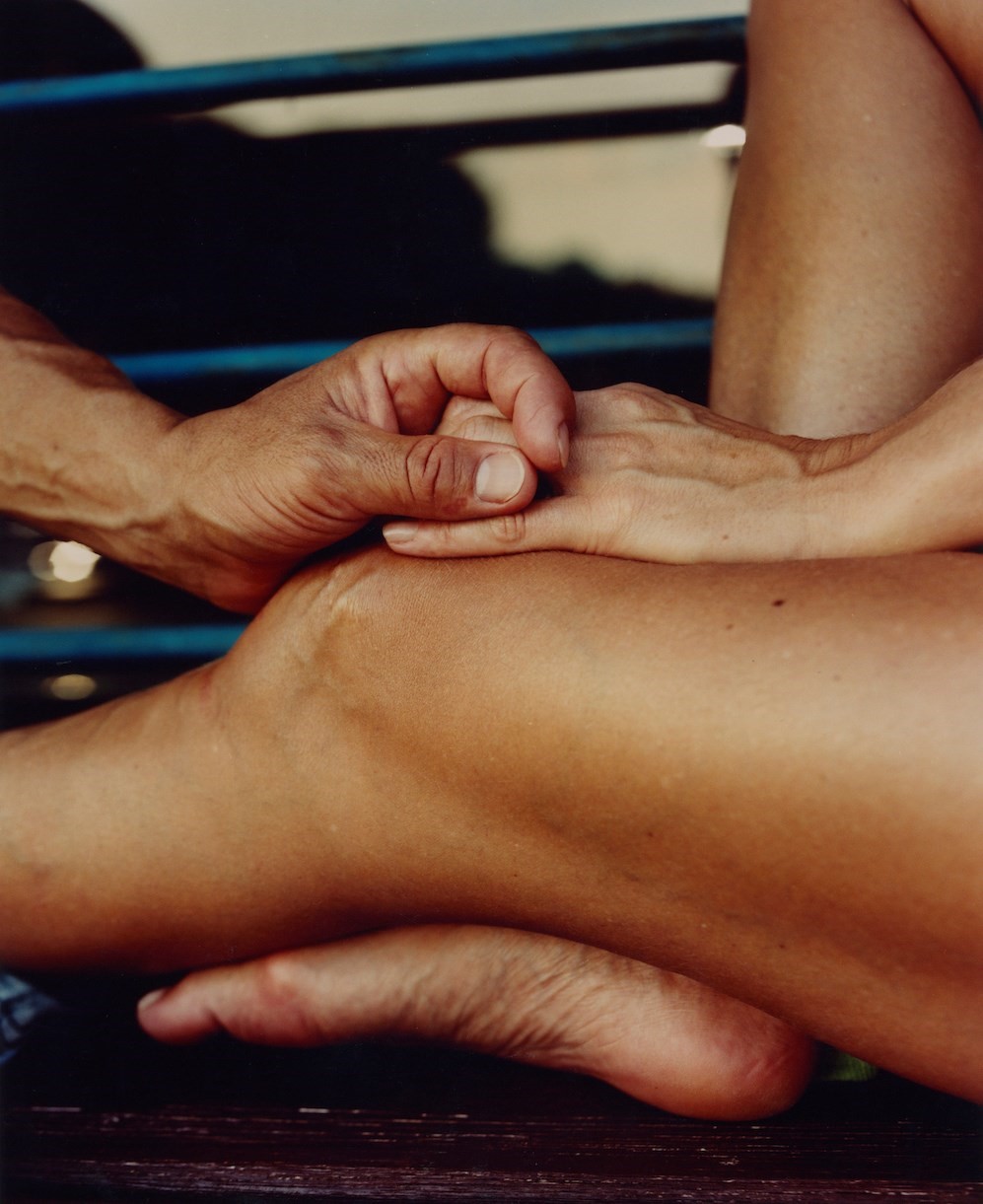
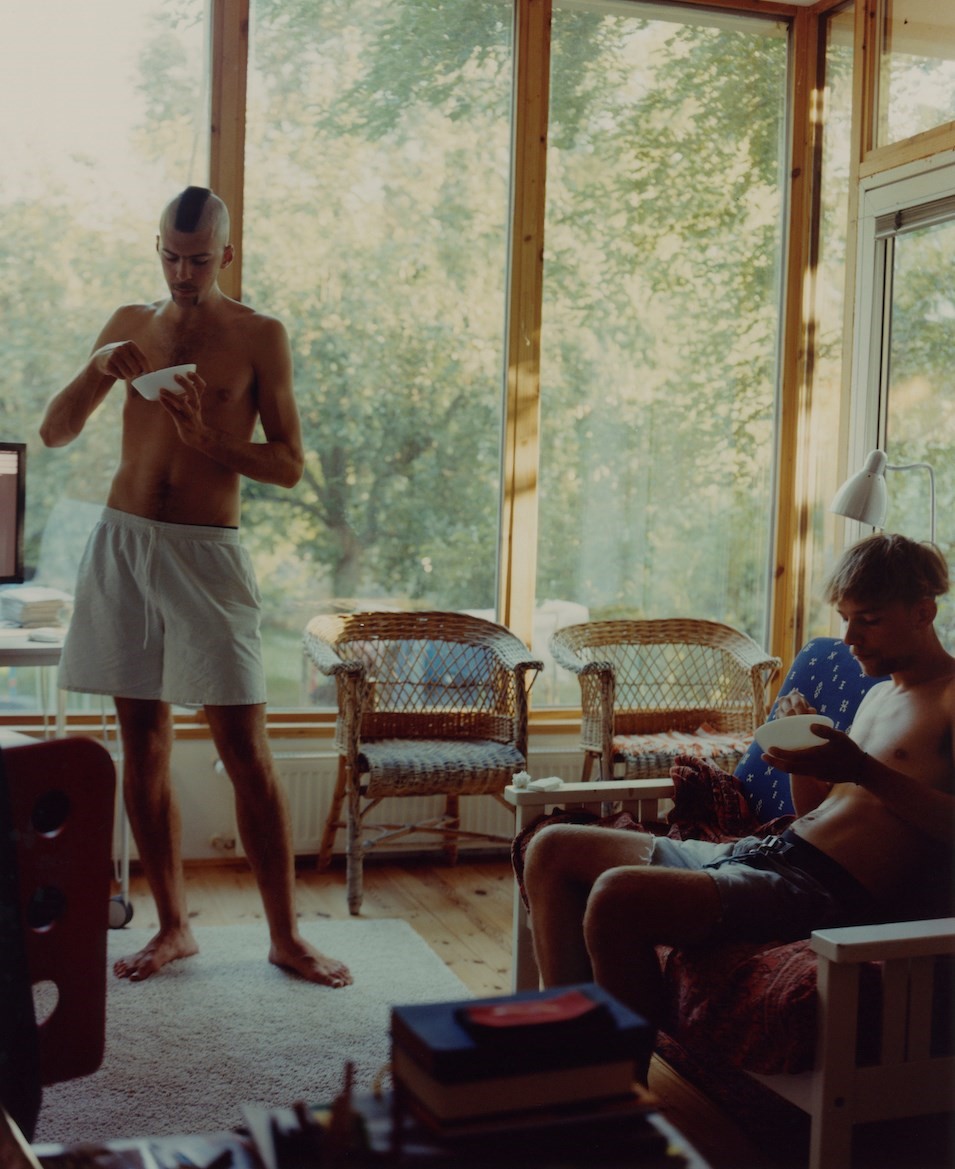
Xi Lin
“From my teenage years through to my undergraduate studies, my primary focus was on my personal life, encompassing my family and friends. However, as my knowledge and perspective expanded through watching films, reading, and personal experiences, I increasingly directed my attention beyond my personal sphere. I came to know Daxi, a transgender woman who entered my world, prompting deeper reflections on society. Because of this, my lens shifted towards more diverse perspectives, capturing unique lives and a broader world.
“The narrative [of The Dream of Daxi] is based on Daxi’s memories. Daxi held an unwavering aspiration to embrace her true identity as a woman, to experience love in its fullest form, and to one day stand as a bride, adorned in the gown of her dreams. With a shared determination to see this dream realised, we embarked on a poignant endeavour. Venturing to the serene shores of her hometown, we crafted an enchanting narrative, capturing evocative images that brought her aspirations to life – a visual portrayal of her profound longing and aspirations for the future.
“By using an absurd and ironic style, the work endeavours to blur the boundaries between reality and fiction, and critically reflect on the societal conditions and survival status of transgender individuals as marginalised groups in Chinese society. Because The Dream of Daxi is a work that delves into issues of gender identity, people might assume that I share similar identity struggles and that’s why I’m interested in such matters. Although I am not transgender, patriarchal society’s exploitation of women has also led me through the anxieties of identity. Therefore, the characters in my work and I share, to varying degrees, a sense of searching for the self within the haze.”

Margaret Liang
“I received my initial education in photography from a Western-centric lens, learning about masters such as Alec Soth and Jeff Wall. But I felt a disconnection from their images due to my Asian background. I began experimenting with self-portraits after realising the importance of developing a visual language of my own and making my voice heard. Most of my old self-portraits revolved around womanhood and femininity, as I perceived myself as merely feminine due to cultural expectations and racial stereotypes. My series Mountain of A began with an unusual self-portrait from 2022, where I stood erect holding weights. It shocked me in how different I appeared – a woman’s body, but with power. As I gazed directly into the camera, not worried about my perceived flaws, I felt as though I had true agency for the first time. [The project] allowed me to discover a space for my body outside of the rigid gender norms and cultural stereotypes.
“I often involve the act of ‘capturing’ in my images – this can be seen from my hand firmly squeezing the shutter release bulb. It is, to me, a ceremony of self-actualisation and empowerment. I believe strength, empowerment and vulnerability are more important in my practice.
“I’ve had many people questioning my intention of ‘subverting binary gender norms’ due to my long hair and physique that appears to be feminine, but this doesn’t really surprise me. I hope that my work brings forth an inquiry about gender and identity – that they are by no means determined by one’s body shape, biological sex or ethnicity; and propose a body image that is soft and focused, but also strong and fluid.”
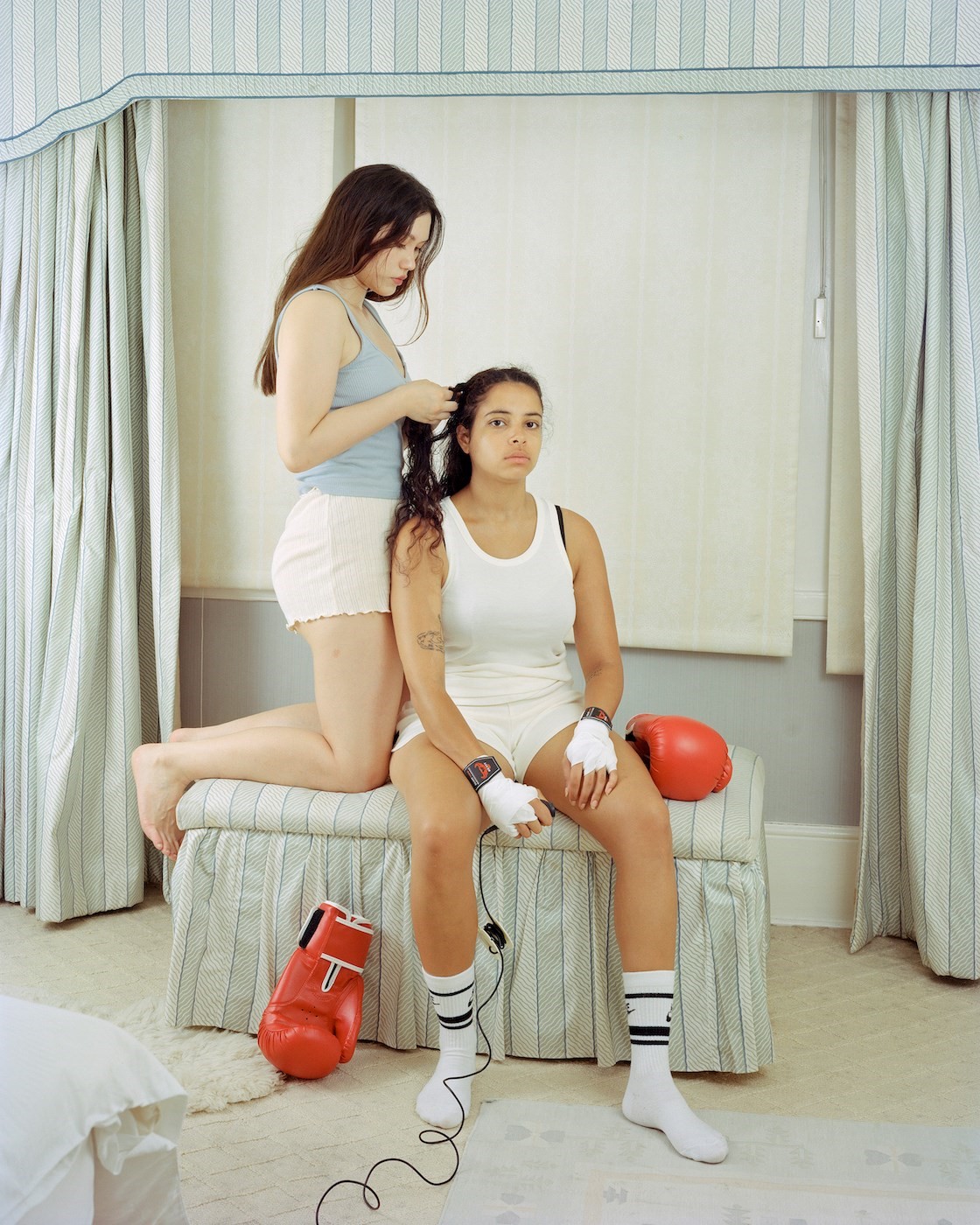

Yutian Zhu
“For nearly a year, my hair has been falling out a lot every time I wash it. Losing my hair makes me feel like I’m constantly changing. Hair is a part of me – although it is not flesh and blood, and it can’t make me feel pain – when I see this hair fall off, it is like seeing my old self falling off. I spent the past few months collecting the hair that fell out and putting the hair in different scenarios based on a few things I remembered. I let my hair represent myself, to restore the various states of my past self. I do this as a way to take ‘portraits’ of my past self.
“Every fallen hair is different, it is just like every self in every second is different. I don’t know if it’s meaningful, but when shooting this series I feel like I have found a connection with the past. Those selves who have been forgotten seem to emit residual heat in my body.
“My works mostly revolve around myself, much like a diary, expressing personal experiences. I have never been good with words since childhood and have always preferred listening and observing over communication.”
